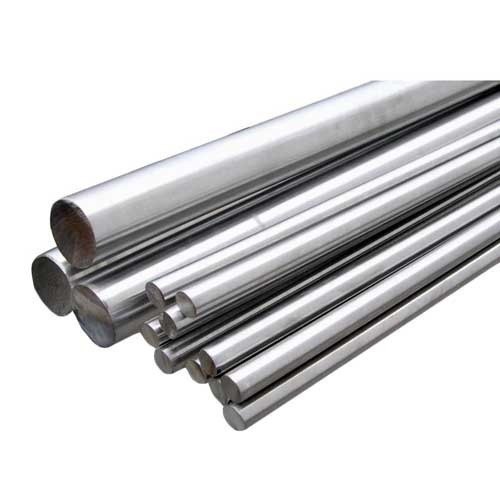
05 Jan Unveiling the Excellence: An Introduction to 440C Stainless Steel
Introduction:
When it comes to high-performance stainless steels, 440C stands out as a formidable contender. Renowned for its exceptional hardness, corrosion resistance, and versatility, 440C stainless steel has carved its niche in various industries, ranging from cutlery to aerospace components. In this comprehensive guide, we delve into the world of 440C, uncovering its composition, properties, and diverse applications.
Understanding the Composition:
440C belongs to the family of martensitic stainless steels, characterized by high carbon content. The alloy consists of iron, chromium, carbon, manganese, silicon, and, in some cases, molybdenum. This unique combination contributes to the steel’s remarkable hardness and wear resistance, making it an ideal choice for applications demanding cutting precision and durability.
Exceptional Properties:
One of the standout features of 440C stainless steel is its exceptional hardness. Through a meticulous heat treatment process, the steel achieves high levels of hardness, making it well-suited for tasks that require a sharp and long-lasting cutting edge. Additionally, 440C exhibits excellent corrosion resistance, ensuring durability in various environmental conditions.
Applications Across Industries:
Knife enthusiasts are likely familiar with 440C as a popular choice for high-end knife blades. Its superior edge retention and resistance to staining make it a preferred material for crafting precision cutting tools. Beyond the realm of cutlery, 440C plays a crucial role in diverse industries, including aerospace, medical, and automotive, where its unique properties contribute to the reliability and longevity of components.
Heat Treatment Magic:
The heat treatment process is a key factor in unlocking the full potential of 440C stainless steel. By carefully controlling temperature and cooling rates, manufacturers can enhance hardness, toughness, and overall performance. Understanding the nuances of this process is essential for both craftsmen and end-users looking to maximize the benefits of 440C.
Pros and Cons:
No material is without its trade-offs. In our exploration, we’ll dissect the pros and cons of 440C stainless steel, providing a balanced perspective to aid decision-making in selecting materials for specific applications.
Looking Ahead:
As technology advances, so does the realm of materials science. We’ll explore any recent innovations or developments in 440C alloys, shedding light on the evolving landscape of this stainless steel variant.
Embark on this journey with us as we unravel the mysteries of 440C stainless steel, from its composition to its applications, and discover why it continues to be a sought-after material in the world of high-performance alloys.






No Comments